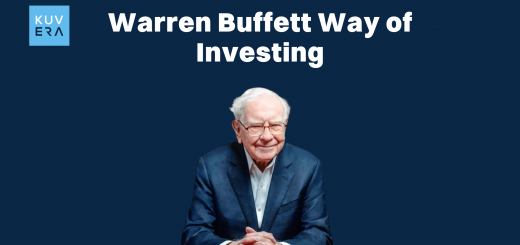Mutual funds are a popular investment vehicle that offers individuals an opportunity to participate in diverse financial markets. In this comprehensive guide, we will explore key terms and concepts related to mutual funds, spanning from A to Z.
By the end of this blog, you will have a better understanding of all the complicated mutual fund jargons and be equipped with the knowledge to make informed investment decisions.
A – Asset Allocation:
Asset allocation refers to the strategic distribution of investments across different asset classes, such as stocks, bonds, and cash equivalents for the best possible result. It is a crucial factor in determining the risk and return profile of a mutual fund.
B – Benchmark:
A benchmark is a standard or index against which the performance of a mutual fund is measured. It provides a point of reference to evaluate how well a fund is performing relative to a specific market or investment category.
C – Compound Interest:
Compound interest is the interest earned on the initial investment as well as the accumulated interest over time. In mutual funds, the compounding effect can significantly enhance returns, especially when reinvested dividends and capital gains are compounded.
D – Diversification:
Diversification is a risk management strategy that involves spreading investments across various securities, sectors, or geographic regions. Mutual funds offer built-in diversification by pooling money from multiple investors and investing in a wide range of assets.
E – Expense Ratio:
The expense ratio represents the annual fees charged by a mutual fund for managing and operating the fund. It includes costs such as administrative expenses, advisory fees, and other operational charges. A lower expense ratio is generally favorable for investors.
F – Fund Manager:
The fund manager is the individual or team responsible for making investment decisions on behalf of the mutual fund. They conduct research, analyse market trends, and select securities that align with the fund’s investment objectives.
G – Growth Fund:
A growth fund is a type of mutual fund that primarily invests in stocks of companies with high growth potential. These funds aim for capital appreciation over the long term and typically invest in companies exhibiting strong earnings growth and innovative business models.
H – Holding Period:
The holding period refers to the duration for which an investor holds onto a mutual fund investment. It can impact tax liabilities, as long-term capital gains are generally taxed at a lower rate compared to short-term gains.
I – Index Fund:
An index fund is a type of mutual fund that aims to replicate the performance of a specific market index, such as the S&P 500. These funds invest in the same securities as the underlying index, providing broad market exposure at a relatively low cost.
J – Joint Account:
A joint account is a mutual fund investment held by two or more individuals, often with shared ownership and equal rights. It allows multiple investors to pool their resources and invest together in a mutual fund.
K – KYC (Know Your Customer):
KYC refers to the process of verifying and identifying investors in compliance with regulatory requirements. Mutual fund companies collect KYC details to ensure the authenticity and legality of investors.
L – Load:
A load is a sales charge or commission associated with buying or selling mutual fund shares. It can be either a front-end load (charged at the time of purchase) or a back-end load (charged at the time of redemption).
M – Management Style:
The management style of a mutual fund refers to the investment approach employed by the fund manager. It can be actively managed, where the manager actively selects and adjusts investments, or passively managed, where the fund tracks a specific index.
N – NAV (Net Asset Value):
NAV is the per-share value of a mutual fund’s assets minus its liabilities. It represents the price at which investors can buy or redeem mutual fund units and is calculated at the end of each trading day.
O – Open-Ended Fund:
An open-ended fund is a type of mutual fund that allows investors to buy or sell shares at any time. These funds do not have a fixed maturity date and continuously issue new shares as investors enter the fund or redeem their existing shares.
Interested in how we think about the markets?
Read more: Zen And The Art Of Investing
Watch here: Investing in focussed mutual funds
Start investing through a platform that brings goal planning and investing to your fingertips. Visit kuvera.in to discover Direct Plans and Fixed Deposits and start investing today. #MutualFundSahiHai #KuveraSabseSahiHai











